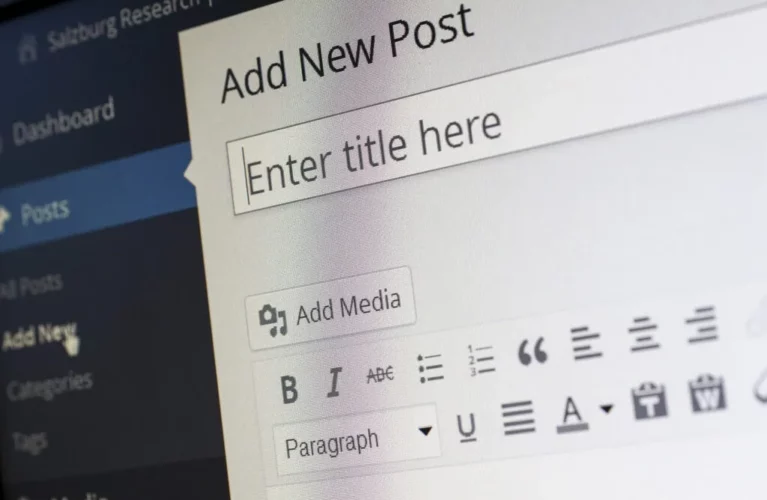Buzzwords are those terms that sound important, but are meaningless. They are often used to desensitise people to the harsh side of the business world and say more about what isn’t being said than what is. They are designed to be impersonal and grease the gears of the machine working behind them.
Businesses tend to punctuate all their internal communications with this business speak. It has the intention and result of making lower level employees feel less secure, as well as add a layer of defence to those higher up the chain. It is essentially gibberish that condescends and confuses people, with the hope of making the person using it seem knowledgeable and in possession of a good business acumen.
Don’t Let Them Outside Your Business
While it can be difficult to remove such words from a business hierarchy, under no circumstances should they reach the outside world. Paying customers and engaged users need to feel a connection with a brand on a personal level. They want to feel that they are getting value for their money and that they trust whom they are buying from. Buzzwords are poison to this connection and your audience will see right through them.
Genuine connections are built on commonalities and openness, but buzzwords are intentionally vague and used with the hope of stopping further questions. If you encountered a person in your personal life who spoke about “blue sky thinking” and “core competencies” you’d avoid them. If you walked into a store and a sales person inundated you with meaningless terms that seemed related to your query, but on reflection were empty, then you wouldn’t go back to that shop. Talking to you customers as if they were stupid or gullible will only result in poor engagement.
Not to Be Confused
Targeting a specific audience on Facebook is easy. First, create a new campaign and select your objective. Then, under “Audience”, click “Create New”. From there, you can enter the demographics of the people you want to reach – once you’ve saved your changes, your ad will only be shown to people who match your target audience criteria.
Taking it a step further, you can refine your audience by clicking on “Define Further”. This allows you to add extra layering of targeting. For example, you can target “shoes” interests but they also must be an “engaged shopper”.
What to Use Instead
Your customers should be spoken to like they’re your friends or at least people you know. Whether it’s website content, email marketing, search engine optimisation, customer service correspondence, or face to face communication, buzzwords give the impression of having something to hide. This is where audience segmentation and developing buyer personas is a useful technique.
Creating the ideal customer model for each demographic in your market will give you a clearer idea of how to speak to them. Imagine they are an actual person and the language required becomes more obvious.
Customers, especially online, are savvier than ever and a lack of transparency can be damaging to a brand. Ambiguous or evasive language, or incomprehensible business speak will cause your audience to give up on you.
Hero Image Source: Pixabay





